Setting Take-Profit and Stop-Loss for Futures Trading
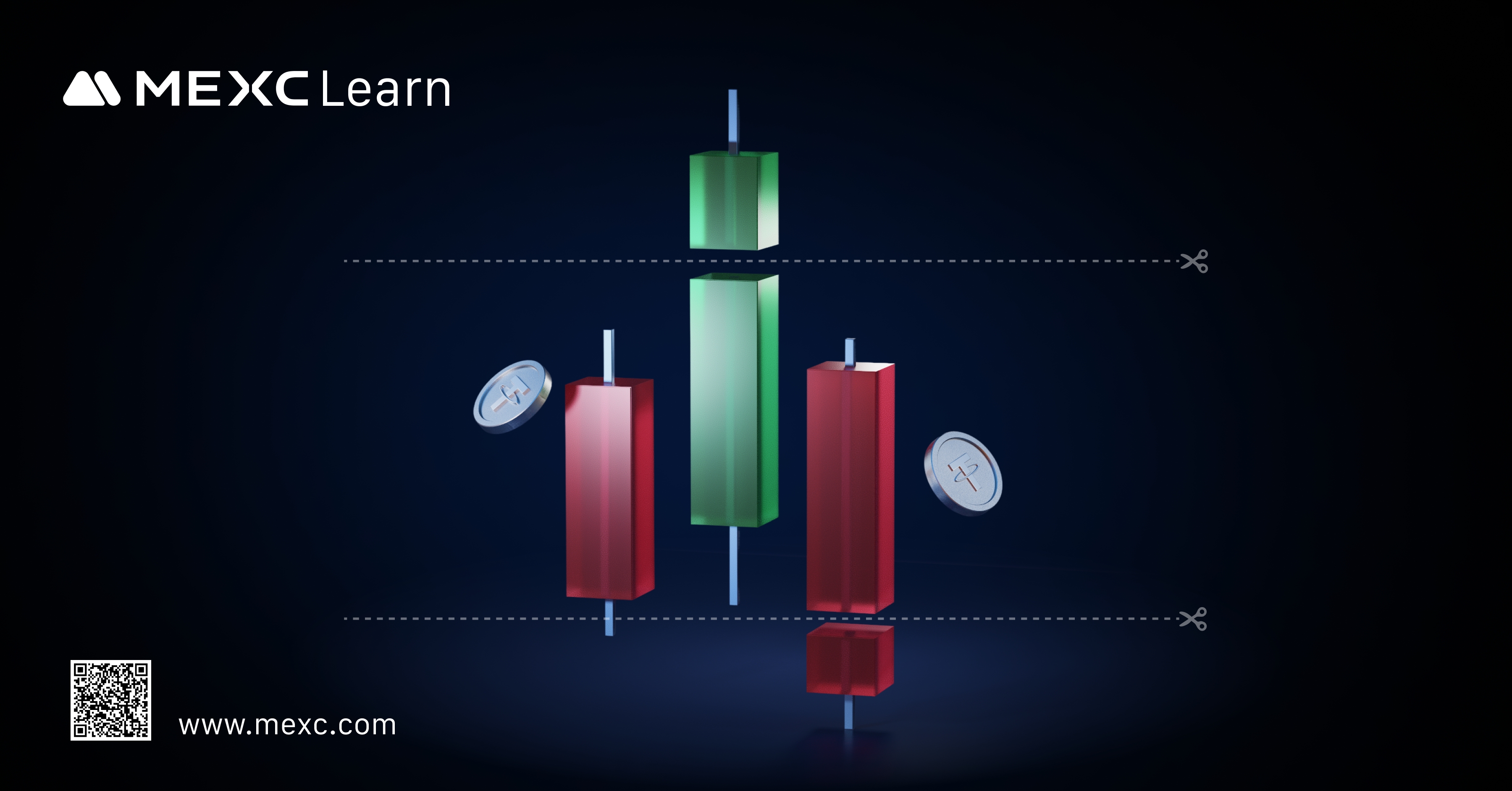
1. What Is Take-Profit and Stop-Loss?
- Take-Profit (TP): When the price reaches a preset target, the system automatically closes the position to lock in profits.
- Stop-Loss (SL): When the price falls below a preset threshold, the system automatically closes the position to prevent further losses.
- Pre-Set TP/SL: Orders configured before opening a position by setting trigger conditions such as Yield (%) or PNL (USDT). When the Last Price, Fair Price, or Index Price reaches the trigger price, the system executes at the best available market price to secure profits or limit losses.
- TP/SL: Orders set while holding a position, using the Market Price TP/SL function. Traders can apply this to the Entire Position or Partial Position (Web). By setting trigger conditions such as ROE, PNL, or Trigger Price, the system will automatically execute once the trigger price is reached.
1.1 Setting TP/SL When Opening a Position
1.2 Market TP/SL Settings (Web)
1.2.1 Entire Position
1.2.1.1 Take-Profit Reverse
1.2.1.2 Stop-Loss Reverse
1.2.2 Partial Position
2. Advantages of TP/SL
3. How to Use the TP/SL Function on MEXC
3.1 MEXC Web
3.1.1 Setting TP/SL Before Opening a Position
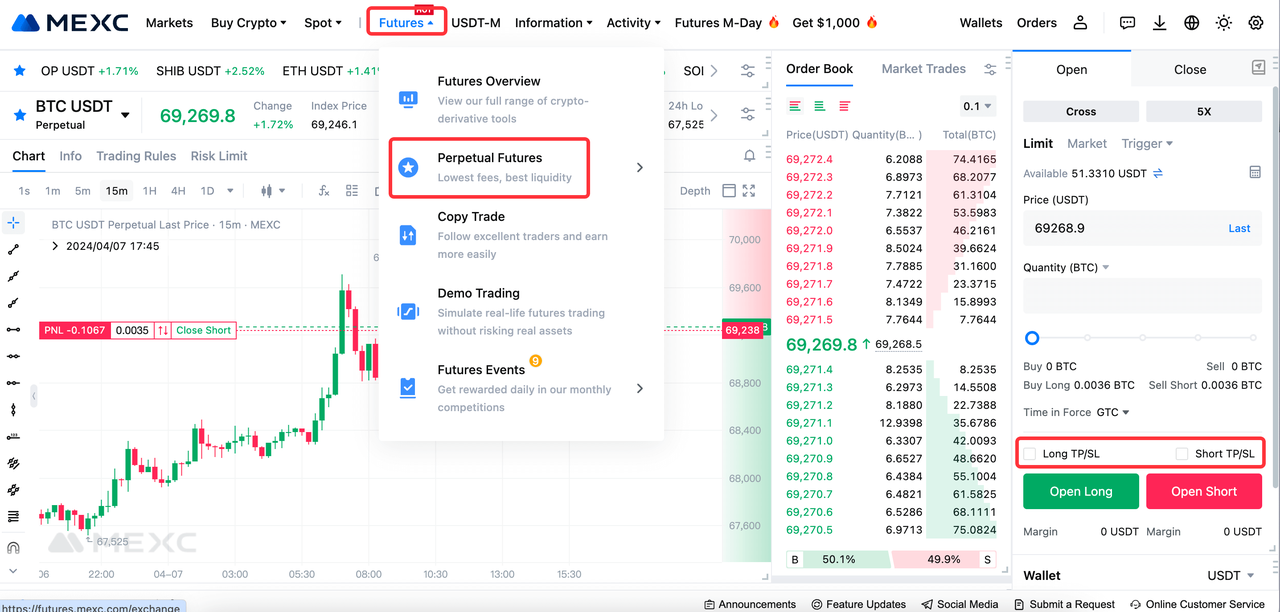
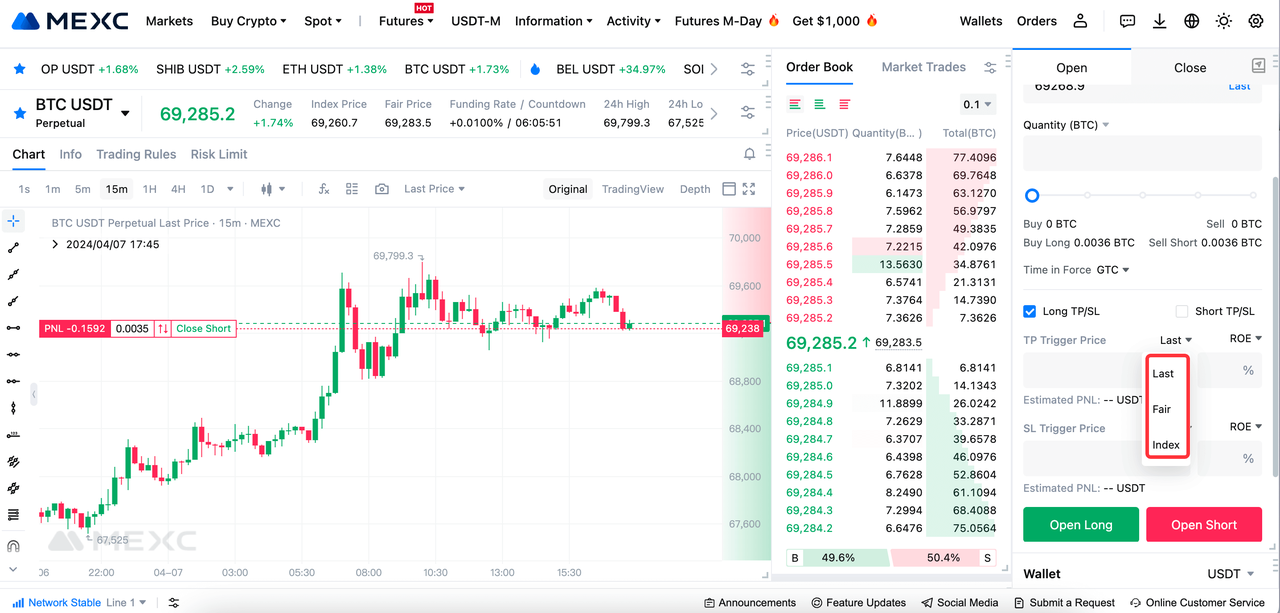
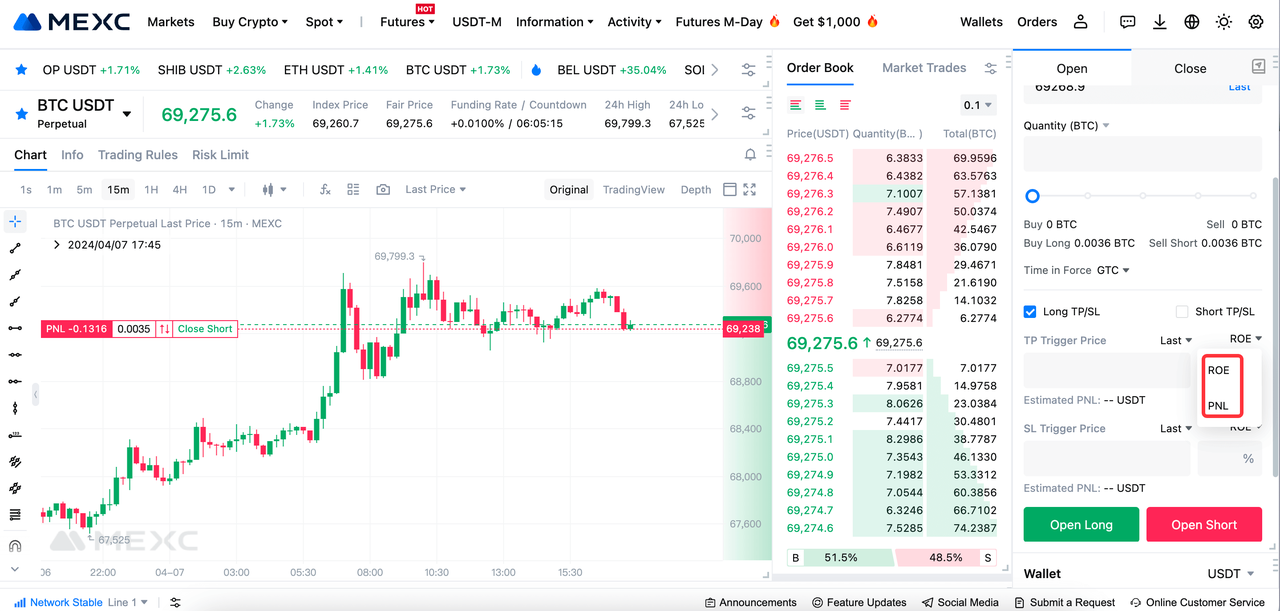
3.1.2 Market Price TP/SL
3.1.2.1 Entire Position
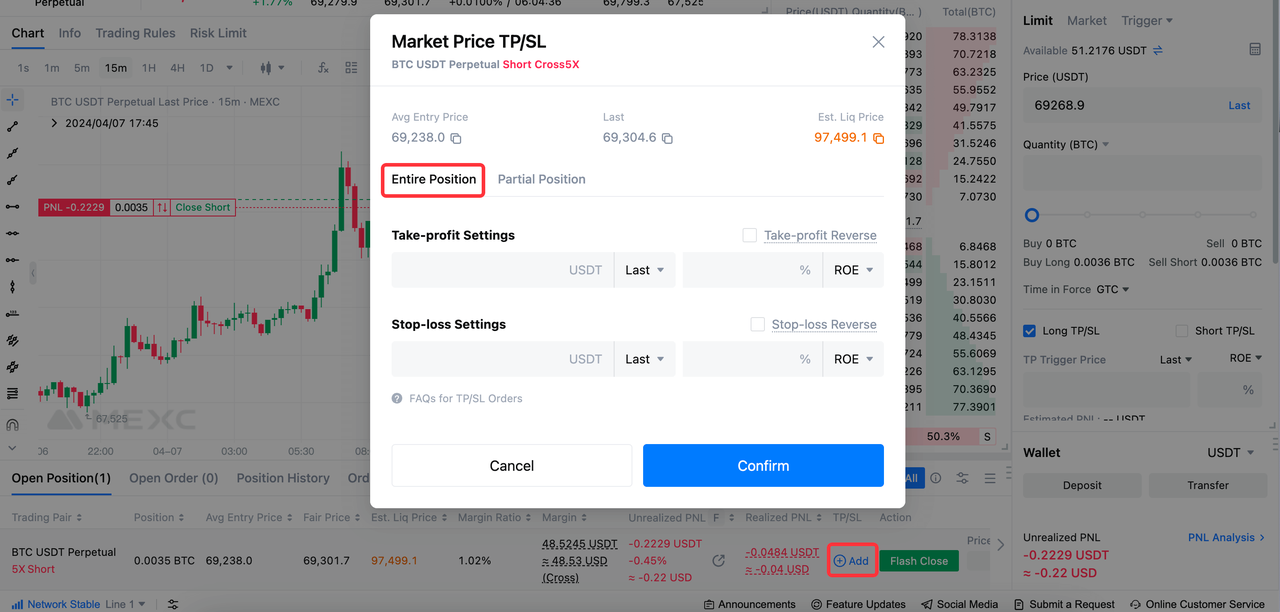
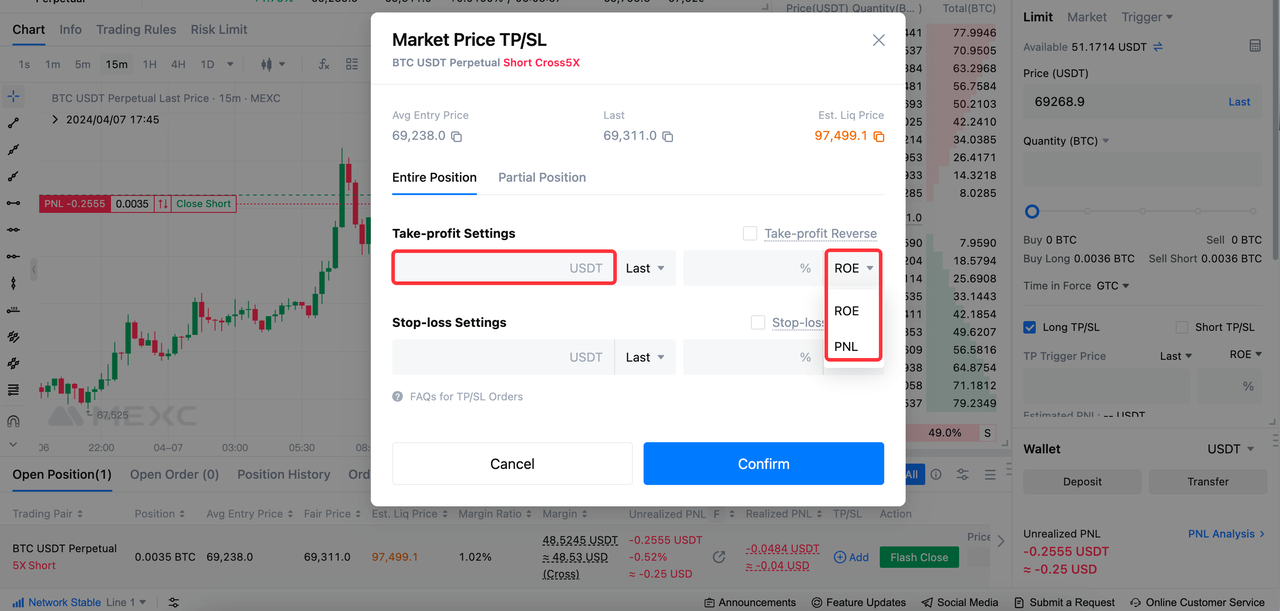
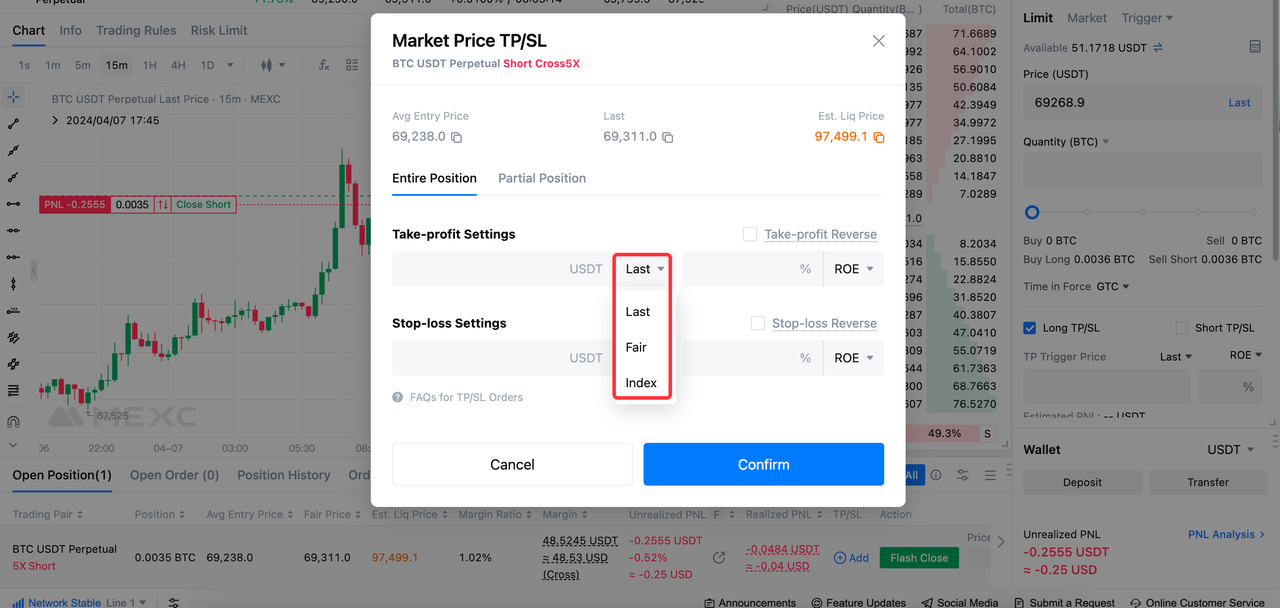
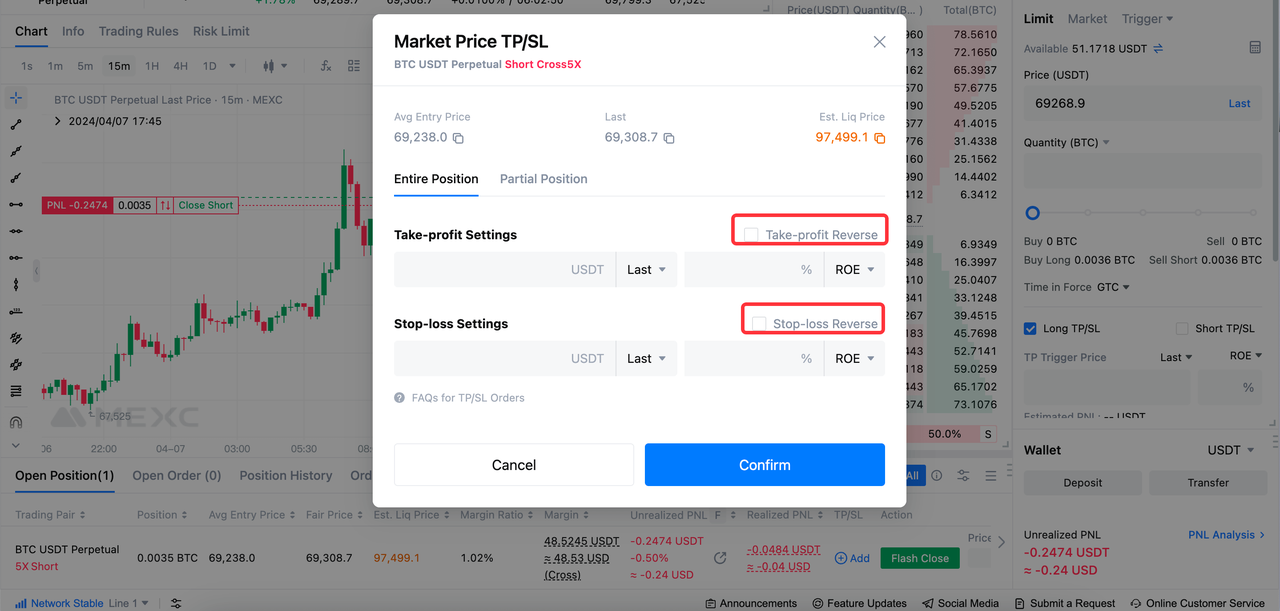
3.1.2.2 Partial Position
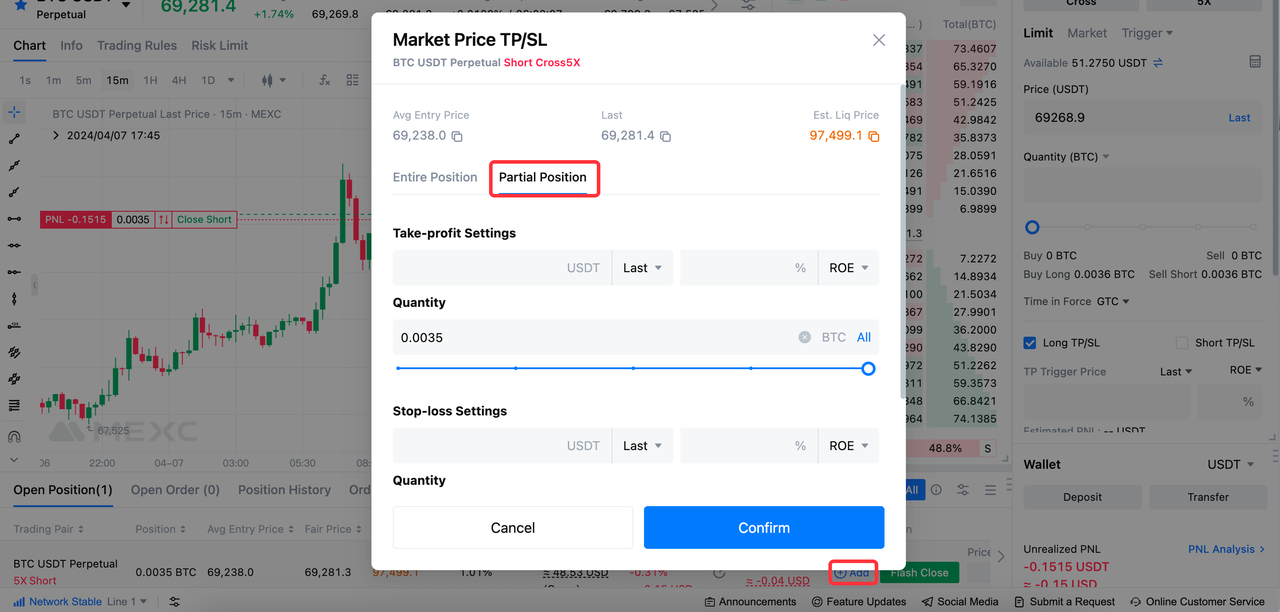
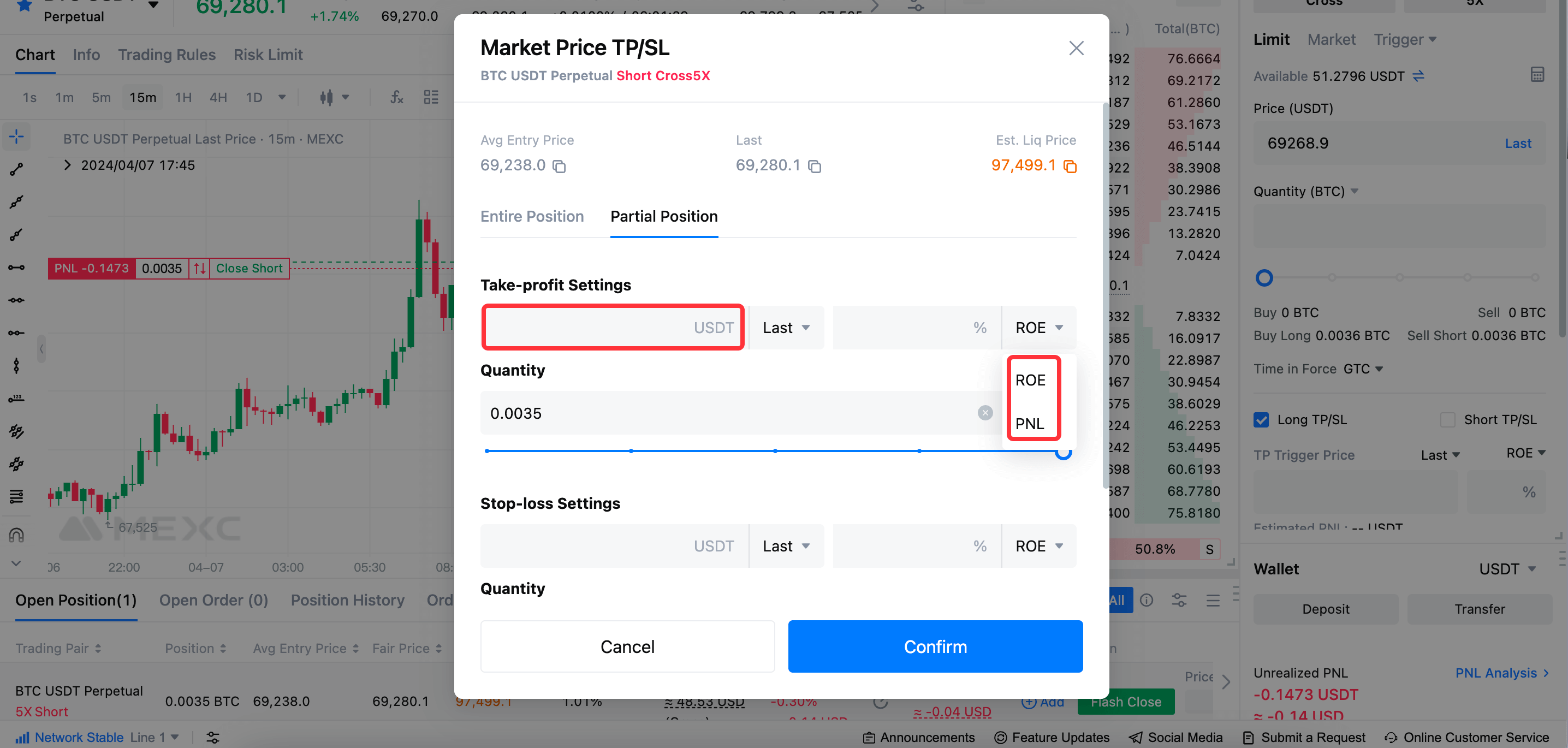
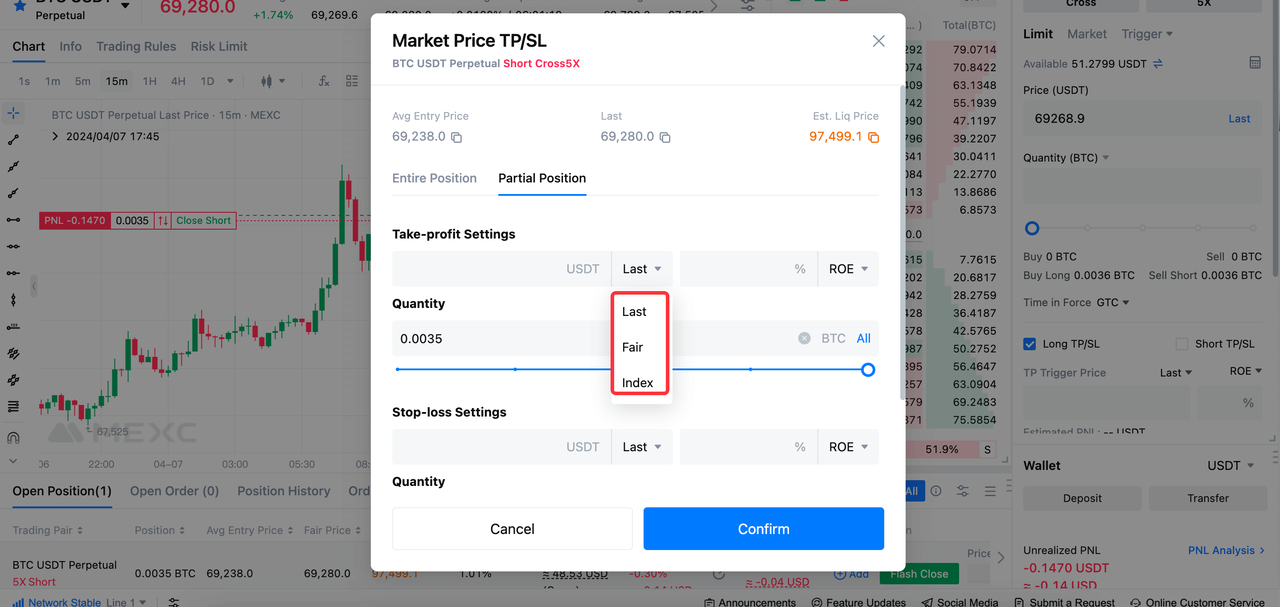
3.2 MEXC App
3.2.1 Setting TP/SL Before Opening a Position
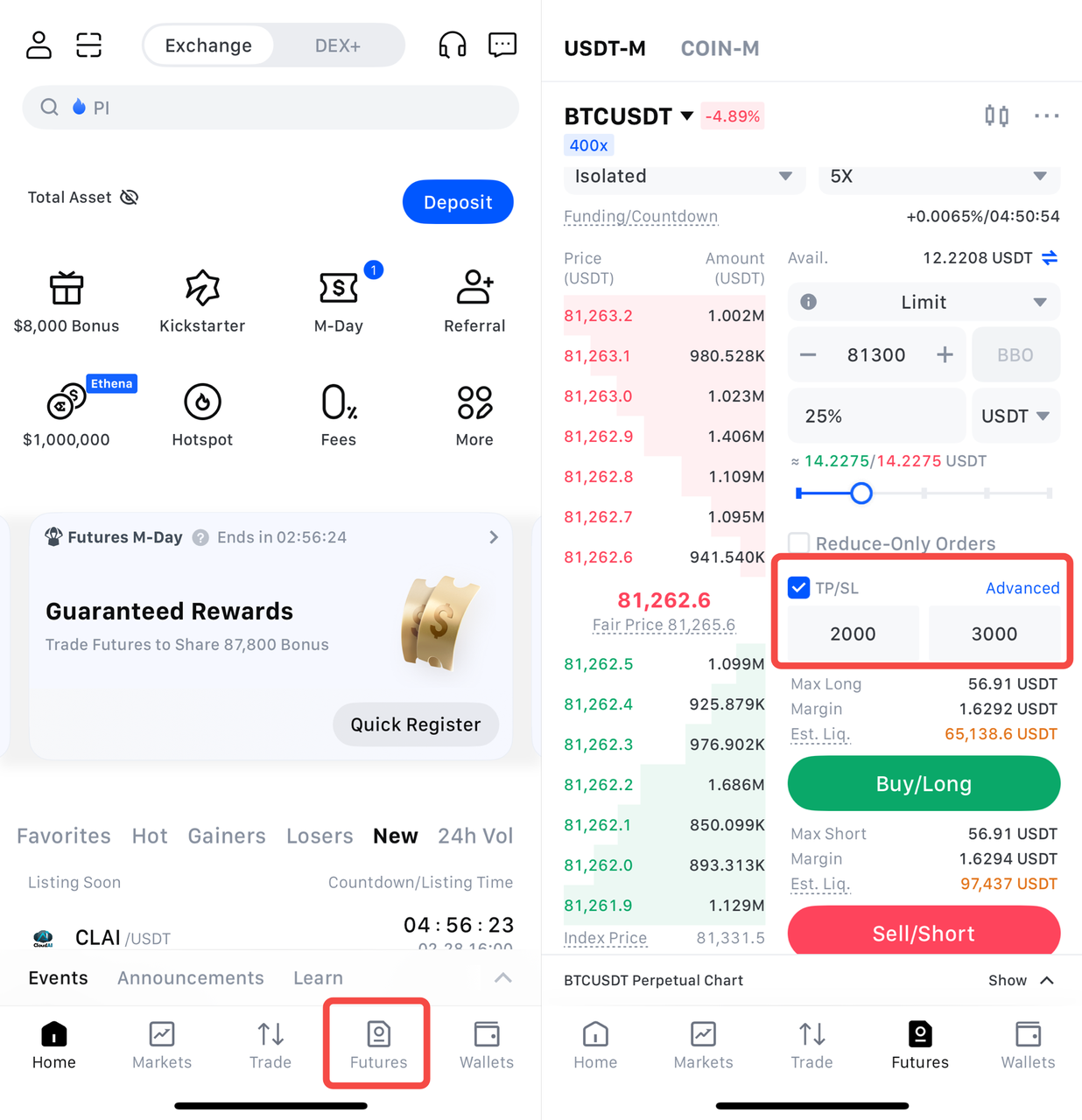
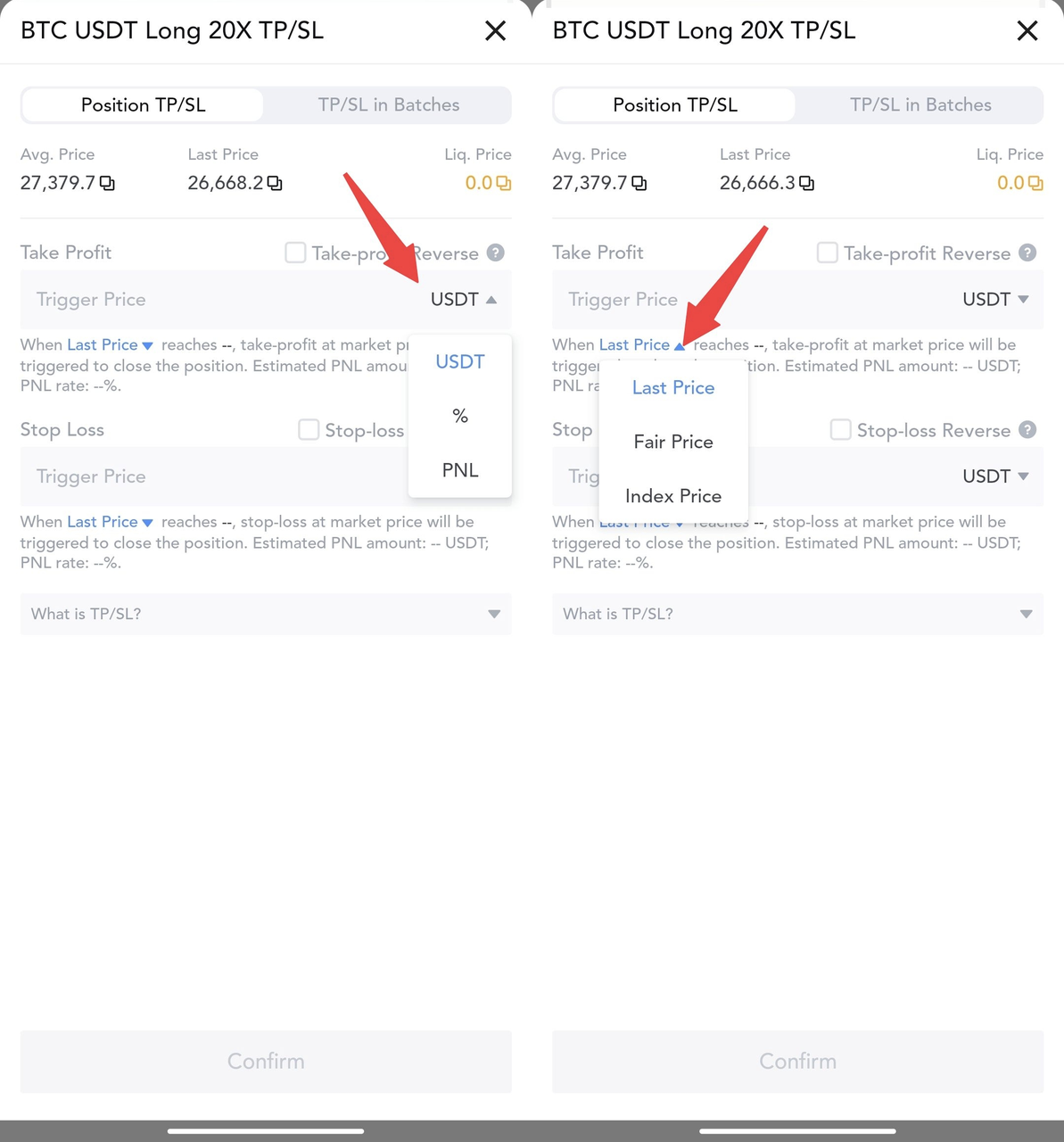
3.2.2 TP/SL
3.2.2.1 Position TP/SL
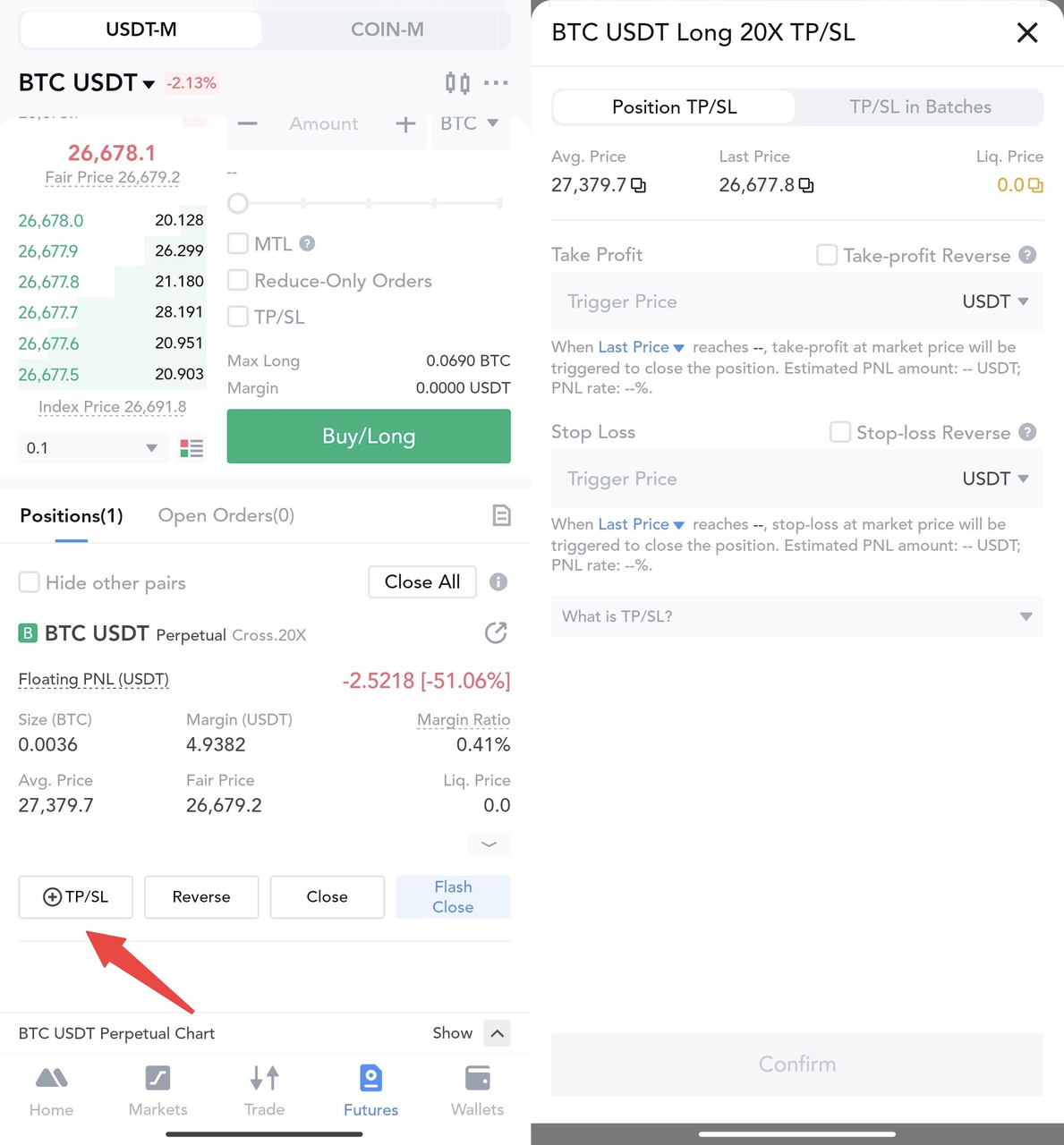
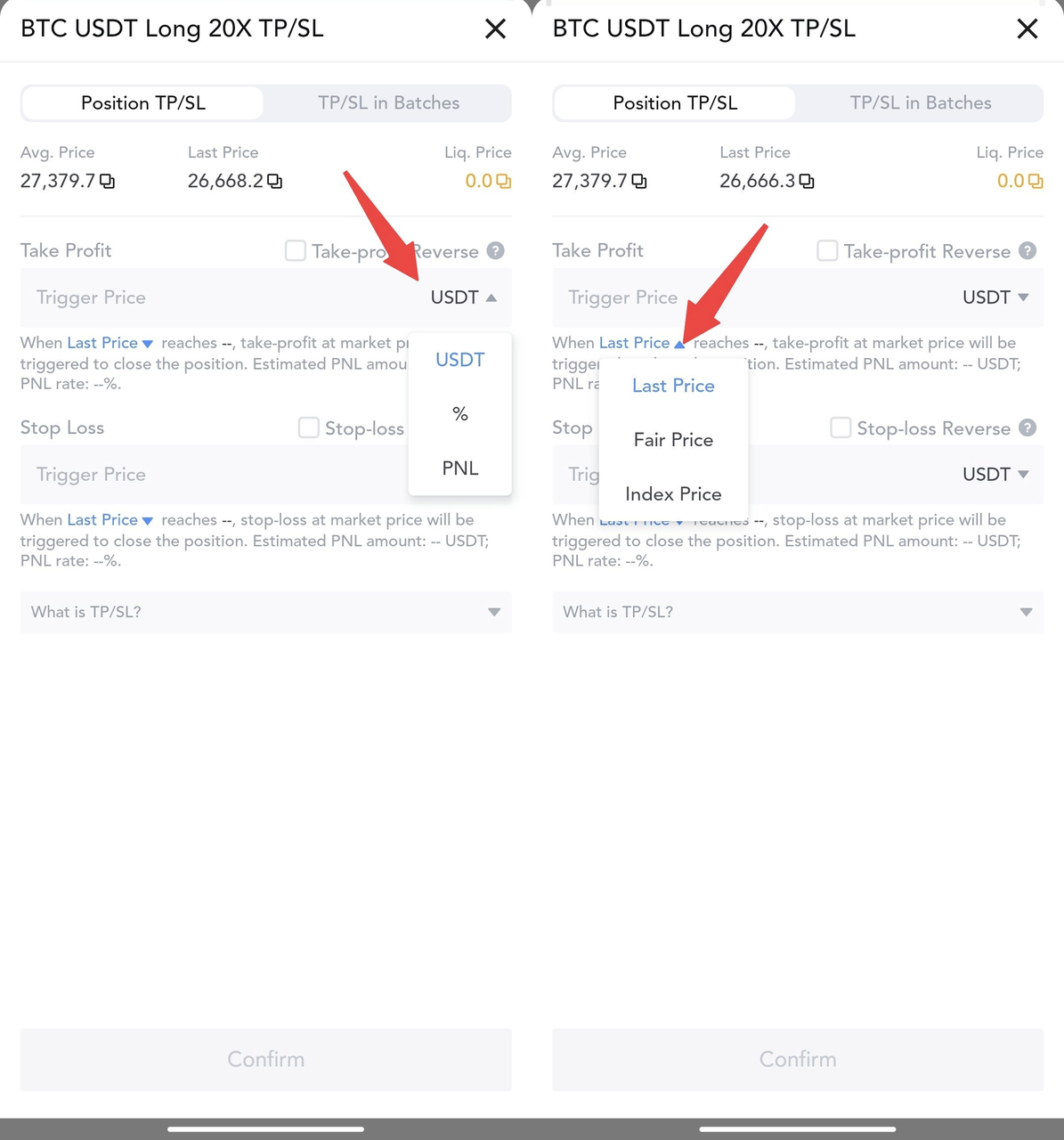
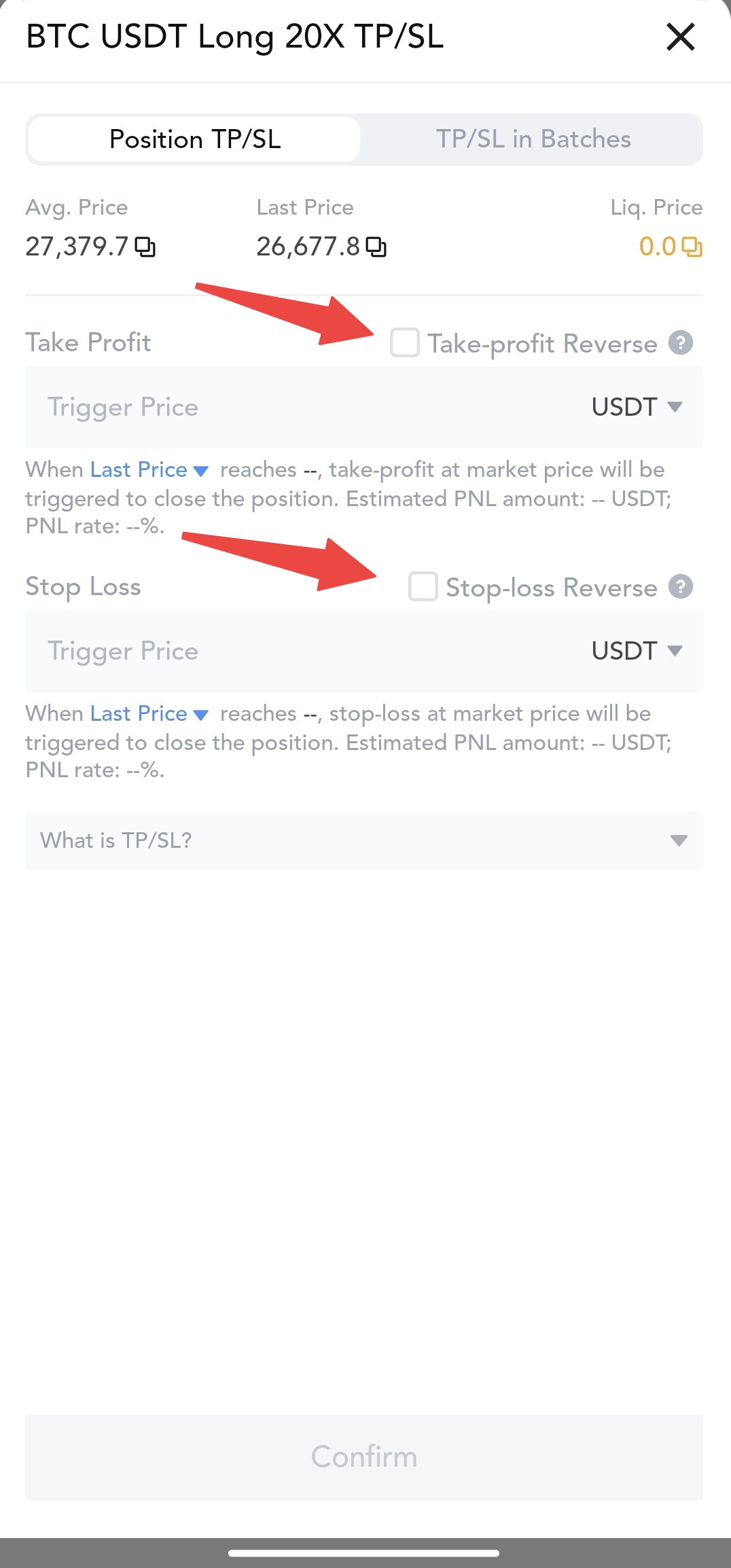
3.2.2.2 TP/SL in Batches
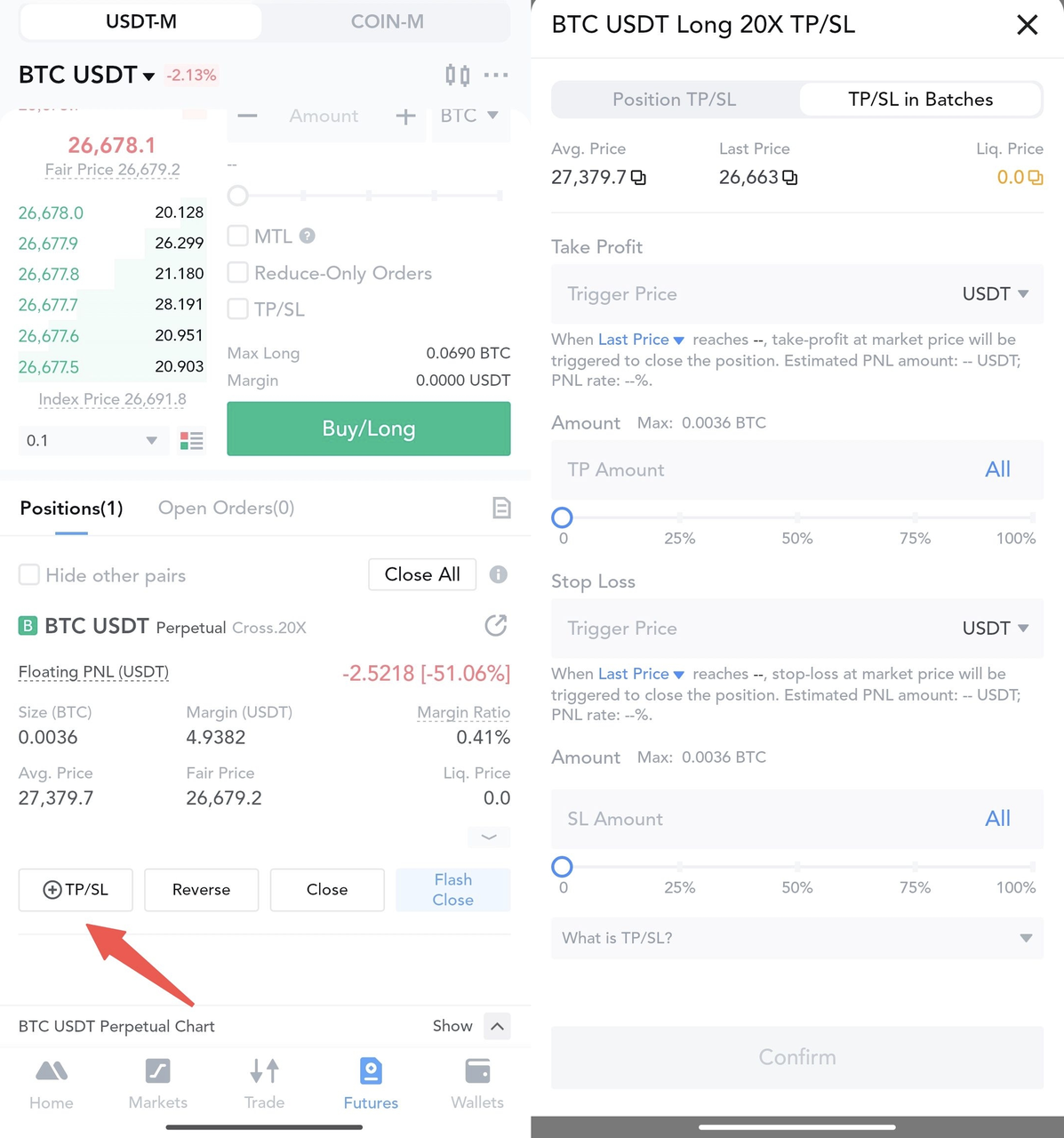
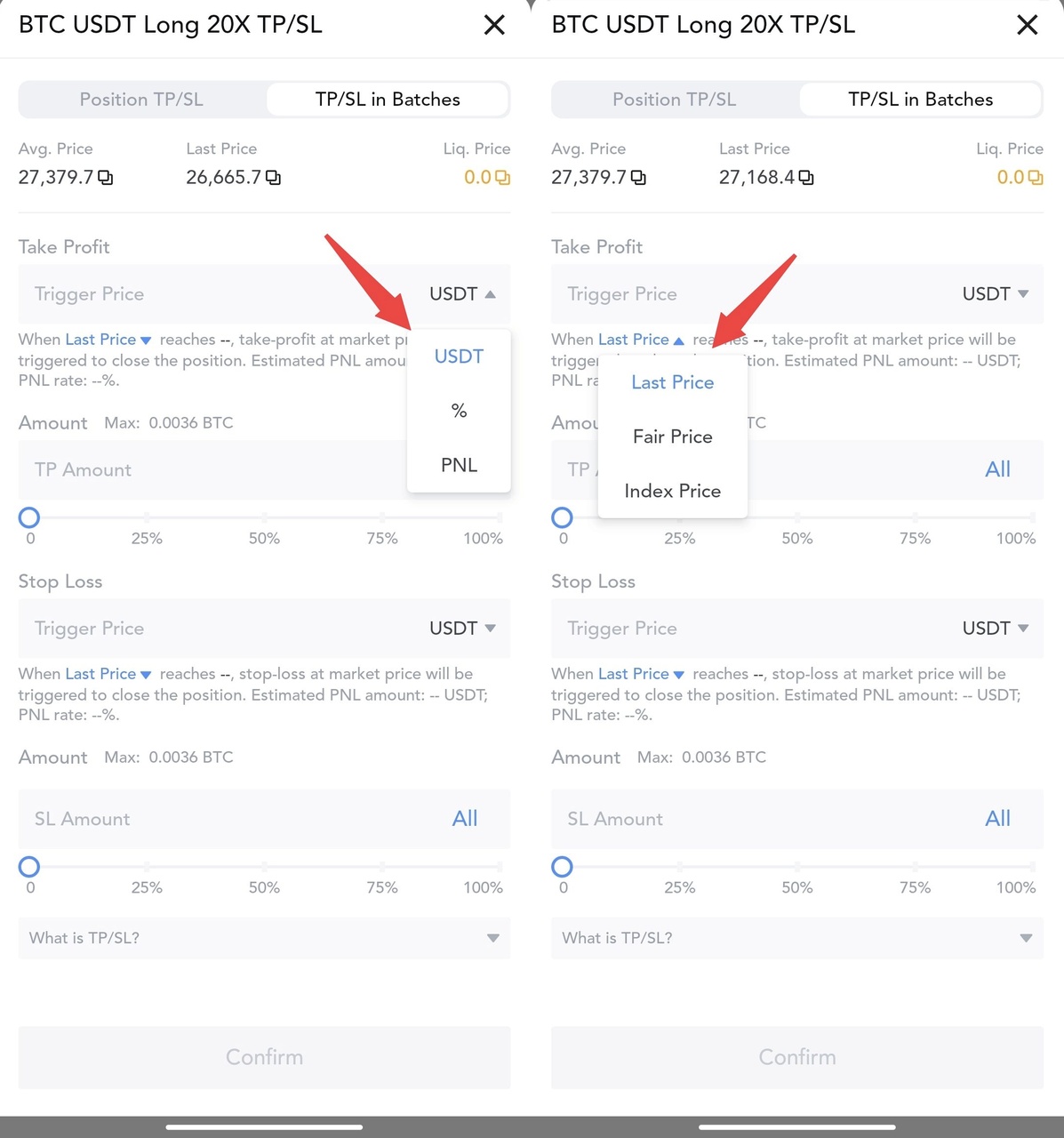
4. Practical Tips for Using TP/SL
- Set stop-loss levels prudently: It is recommended that the loss on a single trade not exceed 2%-5% of total account equity.
- Different approaches for long and short positions: In an uptrend, consider taking profit in stages, while in range-bound markets, tighter stop-loss levels may be more effective.
- Reverse strategy: In trending markets, Reverse Stop-Loss can be used to quickly switch direction, but be mindful of slippage risks during sharp volatility.
- Use technical indicators: TP/SL settings should be based on support/resistance levels, moving averages, or candlestick patterns, rather than intuition alone.
5. Conclusion
Recommended Reading:
- Why Choose MEXC Futures? Gain deeper insight into the advantages and unique features of MEXC Futures to help you stay ahead in the market.
- MEXC Futures Trading Tutorial (App) Understand the full process of trading Futures on the app and get started with ease.
Popular Articles

How Much Bitcoin Does Satoshi Have? Here's The Answer
Satoshi Nakamoto, Bitcoin's mysterious creator, holds approximately 1 million BTC. At Bitcoin's current market price, this fortune is worth over $100 billion, representing roughly 4.8% of Bitcoin's to

Why is Bitcoin Going Up? Key Factors Behind Bitcoin's Price Up
If you've been watching the cryptocurrency markets lately, you've probably wondered why is Bitcoin going up to such remarkable levels. Bitcoin recently smashed through $120,000 and continues climbing

Trump Bitcoin: How Donald Trump Became the Crypto President
Donald Trump's journey from calling Bitcoin a "scam" to becoming America's self-proclaimed "crypto president" represents one of the most dramatic policy reversals in modern political h
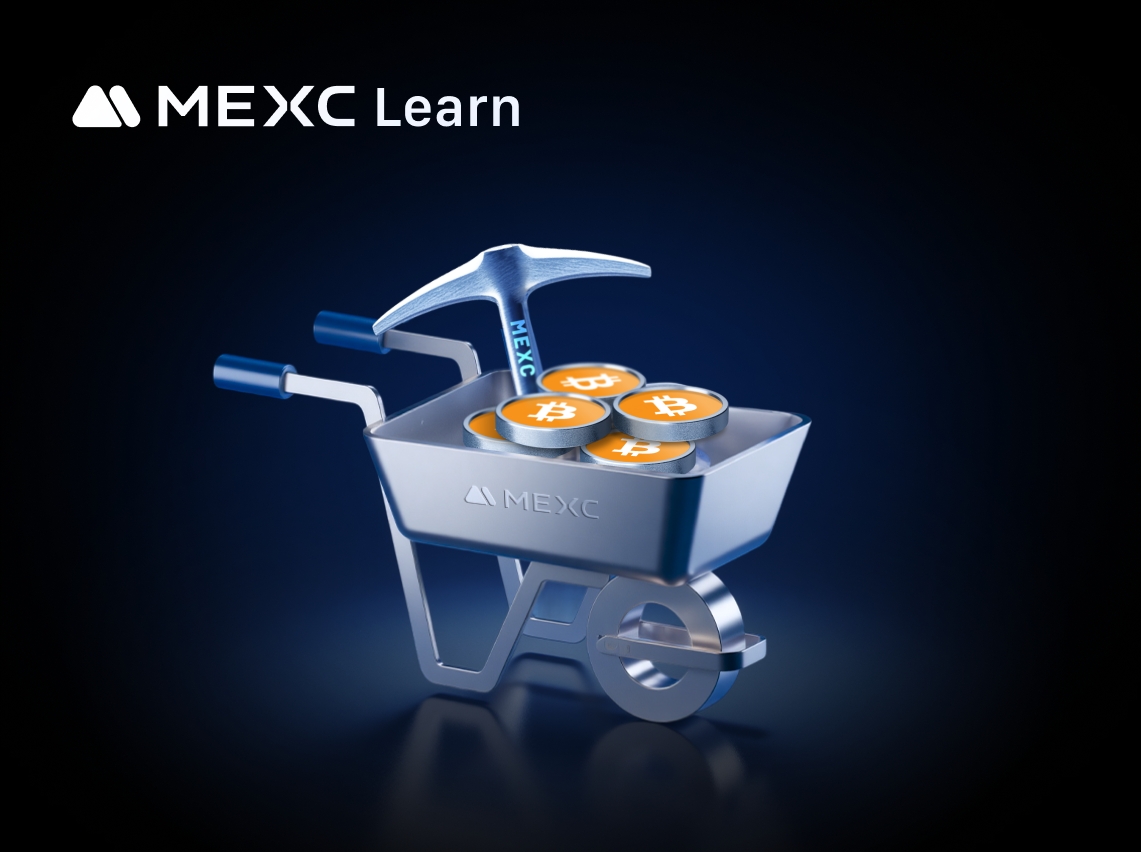
What is Bitcoin Mining? How to Mine Bitcoin for Beginners
Imagine digging for gold in the digital world, where your computer becomes a powerful mining machine working around the clock to uncover valuable treasure. Bitcoin mining transforms your hardware into
Hot Crypto Updates
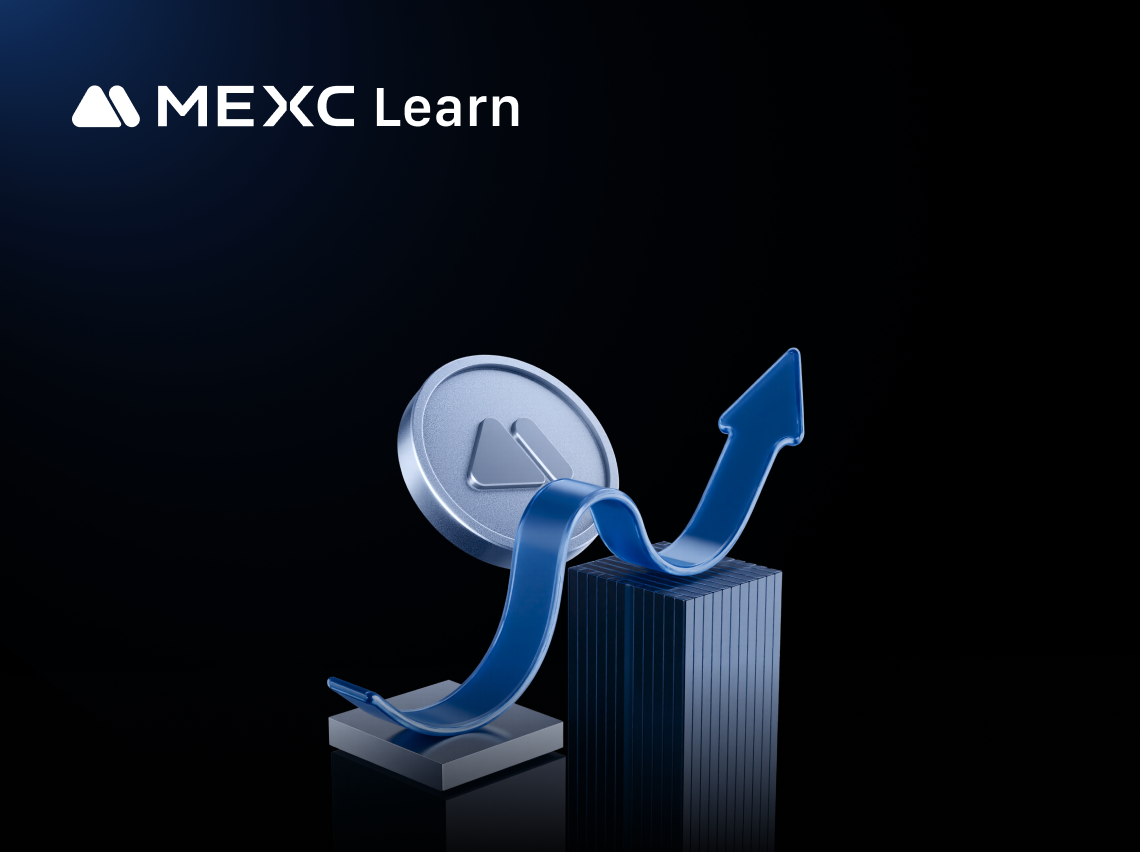
Verge Crypto News: Privacy-Focused Cryptocurrency Updates and Market Insights
Verge continues making waves in cryptocurrency as a privacy-focused digital asset prioritizing user anonymity and fast transactions.With recent technical updates and cross-chain expansion, XVG attract
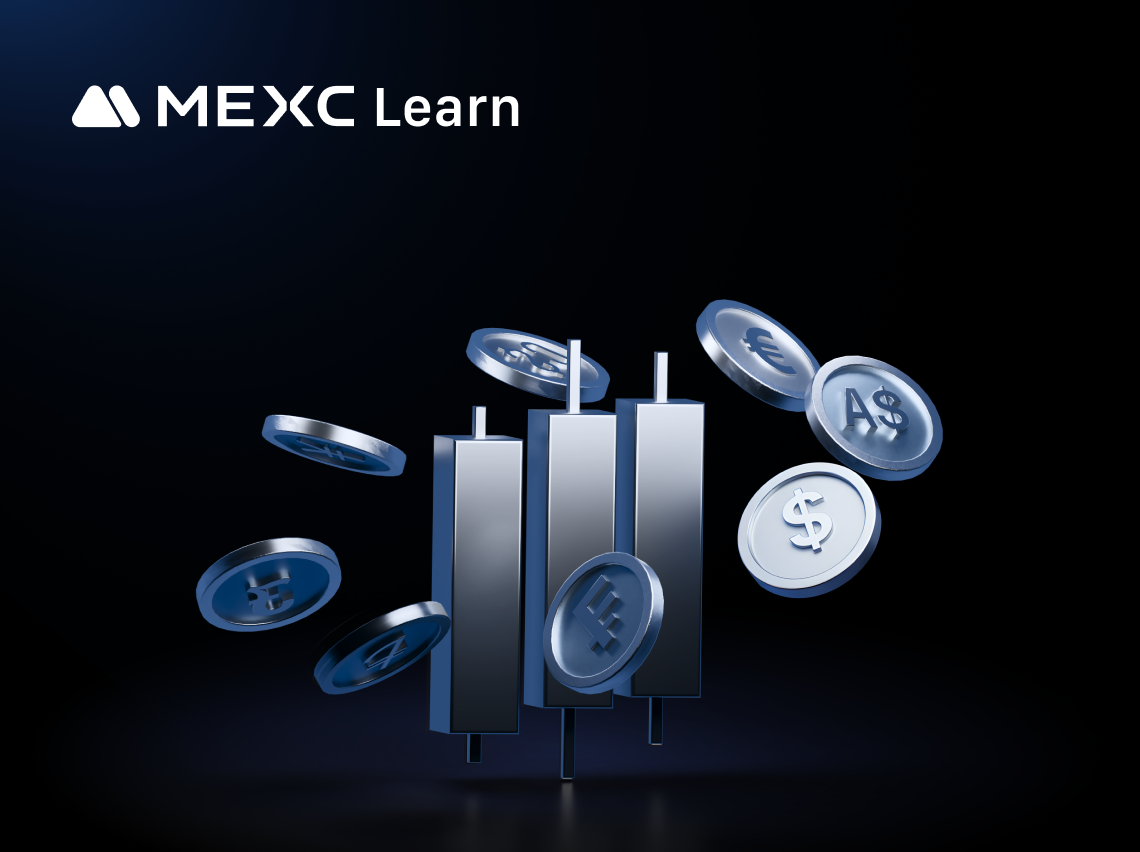
What Is PKN Crypto? A Beginner's Guide to Poken Token
PKN crypto has emerged as a unique player in the blockchain ecosystem, powering the Pokmi platform with innovative cross-chain functionality.This digital asset operates on both Ethereum and Binance Sm

OnlyFans Crypto Payment: How to Use Cryptocurrency for Subscriptions
The world of digital payments is changing fast, and cryptocurrency has become a popular choice for online transactions.Many people want to use Bitcoin, Ethereum, or other digital currencies for their

Bitcoin 2026 Investment Outlook: Navigating Opportunities in the Digital Gold Era
Key Takeaways BTC surged past $100,000 in 2024, with analysts projecting targets of $150,000-$200,000 for 2026Spot ETF approvals and institutional adoption have transformed Bitcoin into a mainstream a
Trending News

‘European SEC’ proposal sparks licensing concerns, institutional ambitions
Legal experts are concerned that transforming ESMA into the “European SEC” may hinder the licensing of crypto and fintech in the region. The European Commission’s proposal to expand the powers of the

BlackRock boosts AI and US equity exposure in $185 billion models
The post BlackRock boosts AI and US equity exposure in $185 billion models appeared on BitcoinEthereumNews.com. BlackRock is steering $185 billion worth of model portfolios deeper into US stocks and a

Western Union Eyes Stablecoin Card for Inflation Zones
The post Western Union Eyes Stablecoin Card for Inflation Zones appeared on BitcoinEthereumNews.com. Western Union is building a stablecoin-backed prepaid card targeting countries with high inflation

MATIC Price Prediction: Polygon Eyes $0.45 Recovery Despite Bearish Signals – December 2025 Forecast
The post MATIC Price Prediction: Polygon Eyes $0.45 Recovery Despite Bearish Signals – December 2025 Forecast appeared on BitcoinEthereumNews.com. Ted Hisokawa Dec 06, 2025 06:29 MATIC price predictio
Related Articles
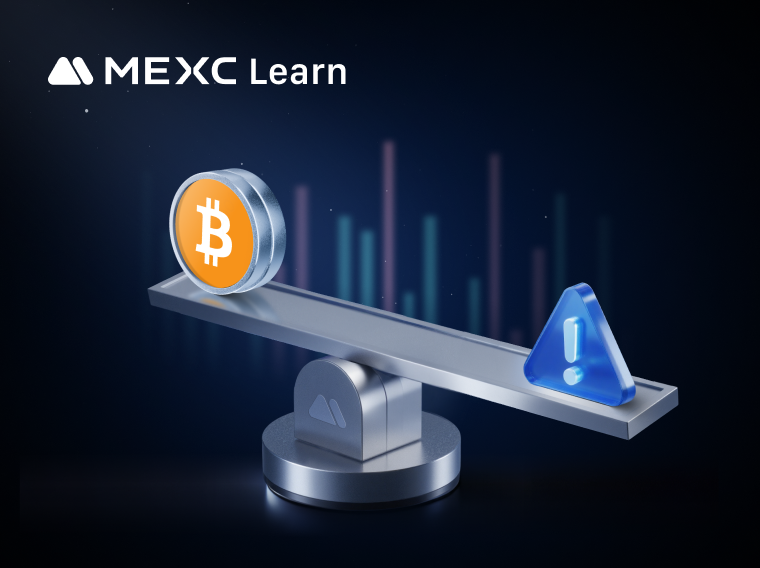
What Is Liquidation? A Complete Guide to Its Mechanism, Price Calculation, and Risk Management
1. What Is Liquidation (Margin Call)? When Does It Most Often Occur?Liquidation (also called "margin call") happens when an account's maintenance margin rate falls below the platform's require

What Are Prediction Futures?
Cryptocurrency futures trading attracts countless investors with its high leverage and the ability to profit in both rising and falling markets. However, its complex mechanisms such as margin, leverag
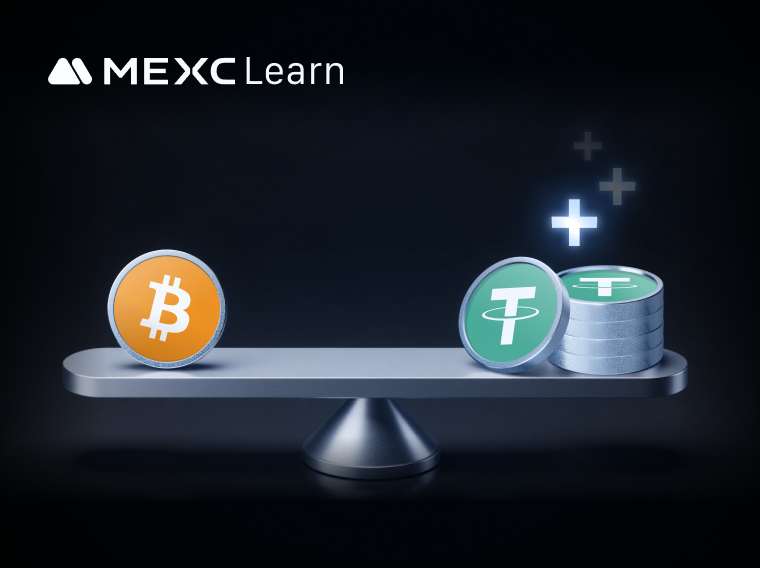
How to Use the Auto Margin Addition Function
In cryptocurrency futures trading, margin management is a critical skill that every trader must master, as it directly determines both profitability and risk control. Among the various tools provided

Copy Trading Guide For Lead Traders
Copy trading is an investment strategy in cryptocurrency trading that allows investors to automatically replicate the trades of experienced traders. For beginners with limited knowledge or trading exp
